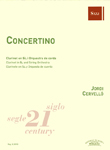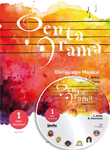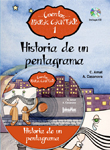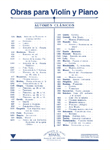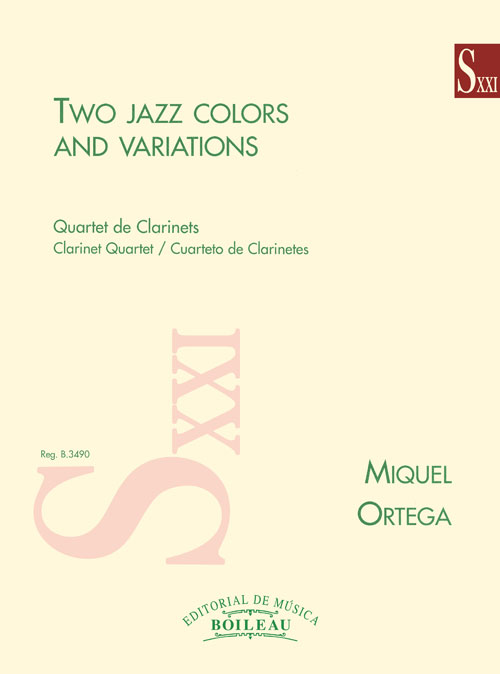WORKS
- Genre
-
Musical education
- Choir
- Counterpoint
- Dictation
- Direction
- Exam study manuals
- General music pedagogy
- Harmony
- Hearing
- Illustrations / Posters
- Improvisation / Sight reading
- Instrument methods
- Instrument pedagogy
- Instrumental study repertoire
- Instrumentation and orquestration
- Musical language
- Solfège
- Templates
- Theory and analysis
-
Incidental music
-
Lined paper
-
Flamenco
-
Religious music
-
Classical / contemporary
-
Modern music
-
Folk music / traditional
-
Musicology
-
Divulgation
-
Games and hobbies
-
Music therapy
-
Children / Youth
-
- Instruments
- Ensemble
- Difficulty level
- Period
- Genre
SOPORTE
Search
Find here: books, scores, composers, digital pieces, cd's
Best-selling works
Our classics
Newsletter
I wish to be informed of the news about your music
We have received your e-mail correctly
Multimedia
Two jazz colors and variations-Clarinetes
Cuarteto de clarinetes
ORTEGA, MiguelORTEGA, MiguelORTEGA, MiguelReg.: B.3490
21,90 €
P.V.P. (VAT included 4%)
Add to cart
- Ensemble: Quartets: .
- Genres: Classical / contemporary: Chamber.
- Language of the comment: Català/English/Castellano
- Product format: Partitura + particellas
- Difficulty level: Intermediate
- Period: 2nd half S. XX - XXI
- Publishing house: Editorial Boileau
- Collection: Siglo XXI
- No. of pages: 40+48
- Measure: 31,00 x 23,00 cm
- Lenght: 12' 20"
- ISMN: 979-0-3503-0530-6
- Available in digital: No
- Available for rent: No
Two jazz colours and variations for clarinet quartet by Miquel Ortega, is a transcription of the same original work for saxophone quartet. The transcription has been made by the French clarinettist Jean Marc Morisot, soloist with l'Orchestre Française Albèric Magnard and several French chamber ensembles.
Originally called simply "Quartet de saxophones", it was a work commissioned by the "Associació catalana de compositors" to be performed at the Nick Havana in Barcelona by the "Quartet Sax" in a programme organised by the "Associació" in 1989 and containing only premieres.
On receiving the commission, Ortega, always a lover of jazz, immediately imagined the material to be used with instruments so closely related to this musical style. He structures the work in three relatively short movements, the first of them in a very clear sonata form, where the first theme, tonally ambiguous, belongs to the world of "non-commercial" jazz, while the second theme, a gentler, classical heritage, could belong to the white jazz of Miller, Garner, etc. The second movement is a kind of slightly "Gershwinian" impromptu, and the third a theme with variations where jazz appears in variations no. 2 and no. 7, in a way that could be considered naïve, and which in the composer's mind appeared as a tribute to the musical films of the 40s and 50s. For the rest, in the variations on the theme, and in the theme itself, we can find echoes from Bach (Theme, variations no. 1, no. 3 and no. 5) to Ravel (variation no. 4).


